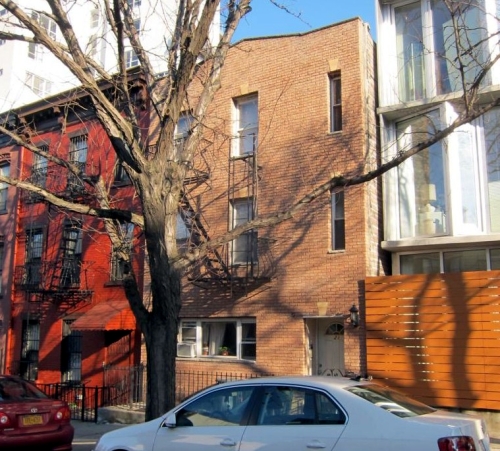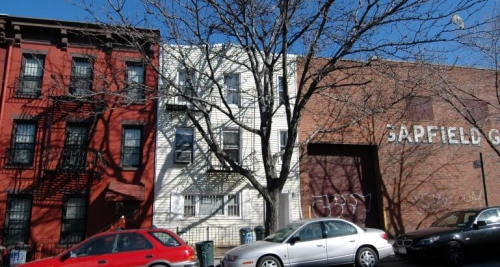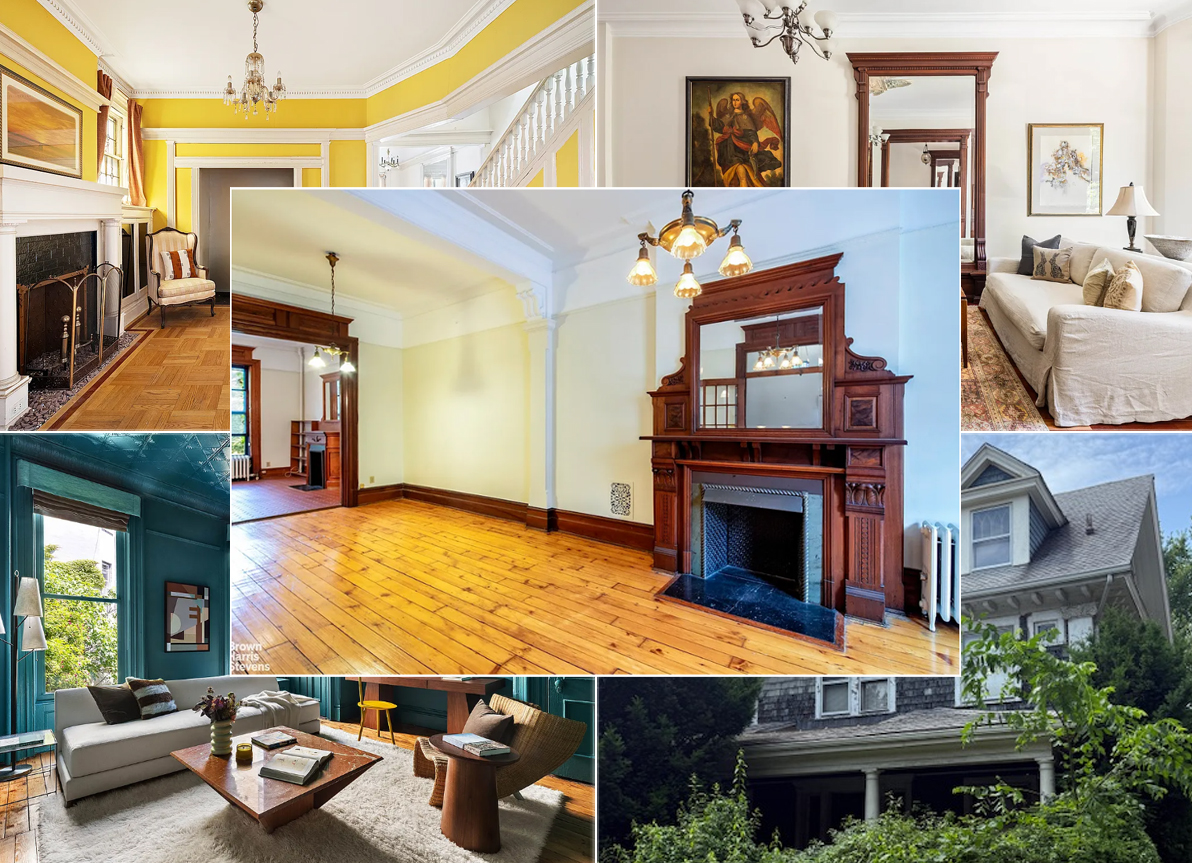Building of the Day: 21 Garfield Place
Brooklyn, one building at a time. Name: Three-family house Address: 21 Garfield Place Cross Streets: 4th and 5th avenues Neighborhood: Park Slope Year Built: Unknown, but on Bromley atlas in 1870 Architectural Style: Originally wood frame, probably Italianate Architect: Unknown Landmarked: No The story: This rather nondescript, modernized version of an earlier reno job is…

Brooklyn, one building at a time.
Name: Three-family house
Address: 21 Garfield Place
Cross Streets: 4th and 5th avenues
Neighborhood: Park Slope
Year Built: Unknown, but on Bromley atlas in 1870
Architectural Style: Originally wood frame, probably Italianate
Architect: Unknown
Landmarked: No
The story: This rather nondescript, modernized version of an earlier reno job is our BOTD. Not because of who built it, or what neighborhood it’s in, but because of who lived in it. It is one of the homes once occupied by a young Alphonse Capone, when he and his family lived in Brooklyn.
The Capones came to Brooklyn from Naples, one of the millions of Italian immigrant families seeking a new life and better fortune in America. Al Capone was born in 1899 at 95 Navy Street, in a run-down tenement that would one day be torn down for access to the Brooklyn and Manhattan bridges. Mr. Capone was a barber and his wife was a seamstress. By 1907, the Capones were doing much better, and moved to Garfield Place, between 4th and 5th avenues, where they lived in at least three different houses over the next few years. The first apartment was at 38 Garfield, and they also lived at 46 and 21 Garfield Place.
Although it’s hard to see now, 21 Garfield Place was one of the many wood frame houses that once lined these blocks. Many of them are now gone or so altered, like this one, you can hardly tell what was once under the siding or brick face. When the Capones lived here, chances are the exterior of the house was in its original state. This neighborhood was working class, and census records show the houses were used as rooming houses or divided into apartments to accommodate more people, and for the landlord to make a profit.
Al Capone was a troubled youth who got kicked out of P.S. 133 on Butler St, hung out with local street gangs, and played pool in the club across the street at 20 Garfield. He also managed to catch syphilis in Brooklyn, which would later incapacitate him. That didn’t stop him from getting married in 1918, to May Coughlin, at St. Mary Star of the Sea Church in Carroll Gardens. From there he and his wife left New York, and Al Capone moved into history and legend.
At some point, probably in the ’50s or ’60s, many of Brooklyn’s wood framed houses underwent what I like to term “the attack of the siding salesmen.” Thousands of these houses were radically changed, or “modernized” as it was known, and covered with tin and vinyl siding, asbestos tile, or brick facing. More often than not, the stoops were removed, the windows shortened, and the interior configurations altered. The 1980s tax photo of this house shows it covered in asbestos siding.
If Al Capone were alive today, he would have gone into real estate, because the appreciation of homes in some parts of Brooklyn is just astonishing, and legal! In 2006, this house was sold for $1,200,000. The new owner kept the three-family configuration, and redid the facade. Next door, the old Garfield Glass Works Building, which had replaced other wood frame houses or stables, was itself replaced by a new condo building. In 2011, 21 Garfield was on the market, with an asking price of $1,700,000. Yep, Capone would have loved Brooklyn real estate. GMAP
(Above photo: Nicholas Strini for PropertyShark, 2012)






What's Your Take? Leave a Comment